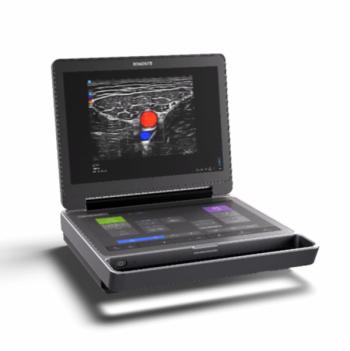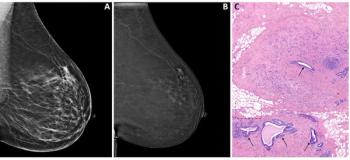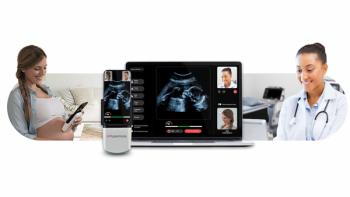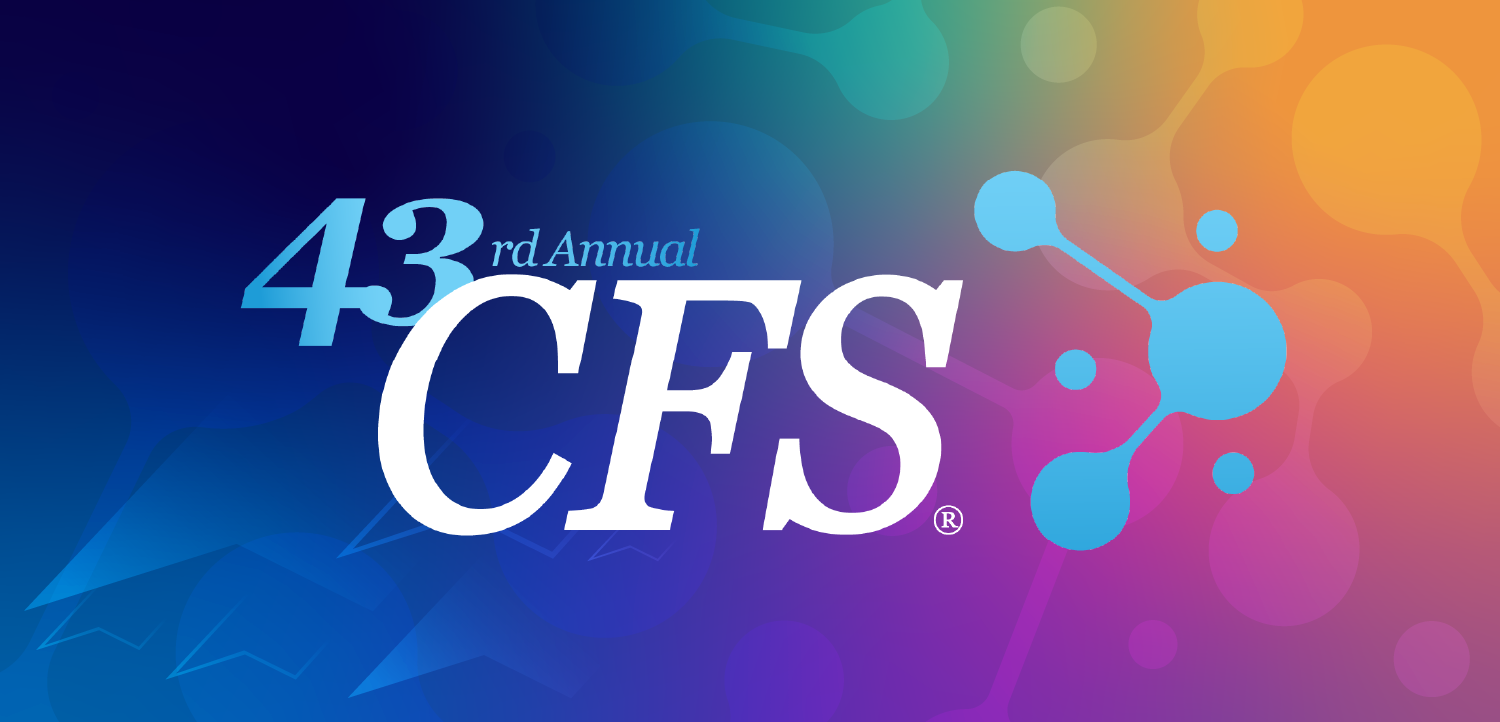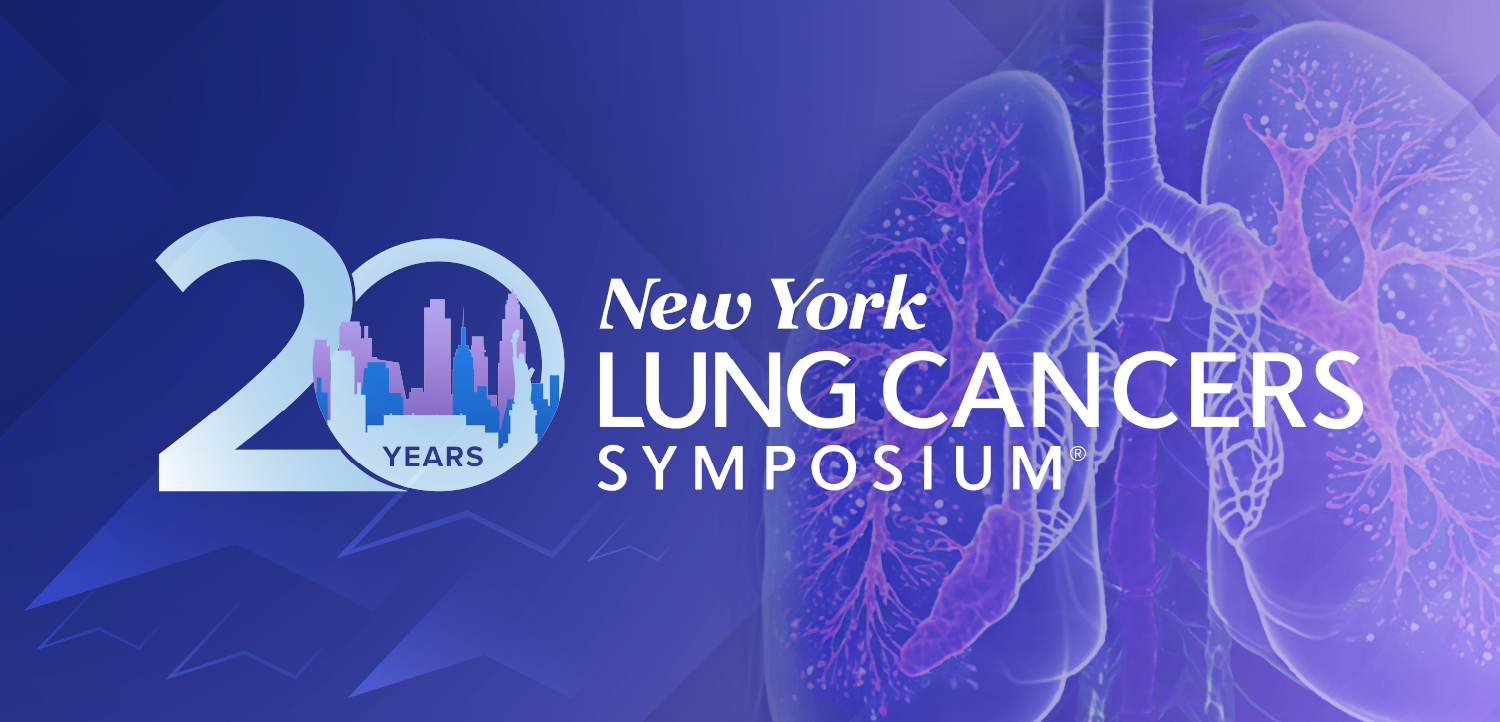Targeted training for radiologists to simplify report readability helps patients better understand radiology reports, according to a study published in the Journal of Digital Imaging. Researchers from Nationwide Children’s Hospital and The Ohio State University, both in Columbus, sought to determine if writing styles of radiologists could be improved to allow patients to understand their radiology reports. The researchers developed a simplified “grade versus length” readability metric based on results from factor analysis of 10 readability metrics applied to more than 500,000 radiology reports. Fourteen radiologists participated in this study. The readability of the their reports was measured before they participated in a one-hour workshop that emphasized writing with simple structure and brevity, using simpler words, phrases, and sentence structures. These techniques allowed the participants to keep critical information but still write more effectively. The researchers tested readability again after the workshop. The results showed there was a statistically significant writing style improvement after the training, although the degree of improvement varied for different measures. Before the training, the average reading grade level of the reports was 16, compared with 14 after the training. Also before the training, the average impression section length was 23 words, and this dropped to 15 words after the workshop. A survey completed by the participants after the workshop showed that all participants believed they could change their writing styles, with 71 percent indicating their communication could be optimized for more effective communication. The researchers concluded, based on this small study, targeted training could provide potential benefits to improve readability and simplified grade versus length metric enables future clinical decision support systems to quantitatively guide physicians to improve writing styles through writing workshops.
